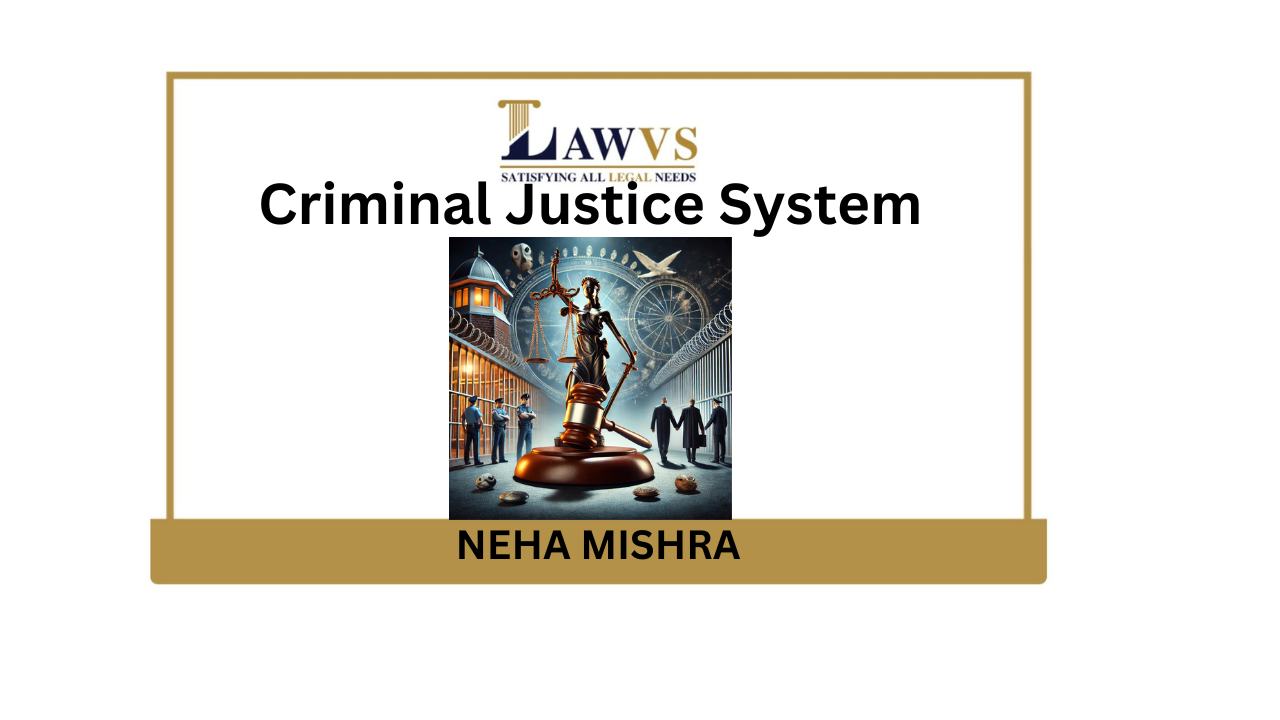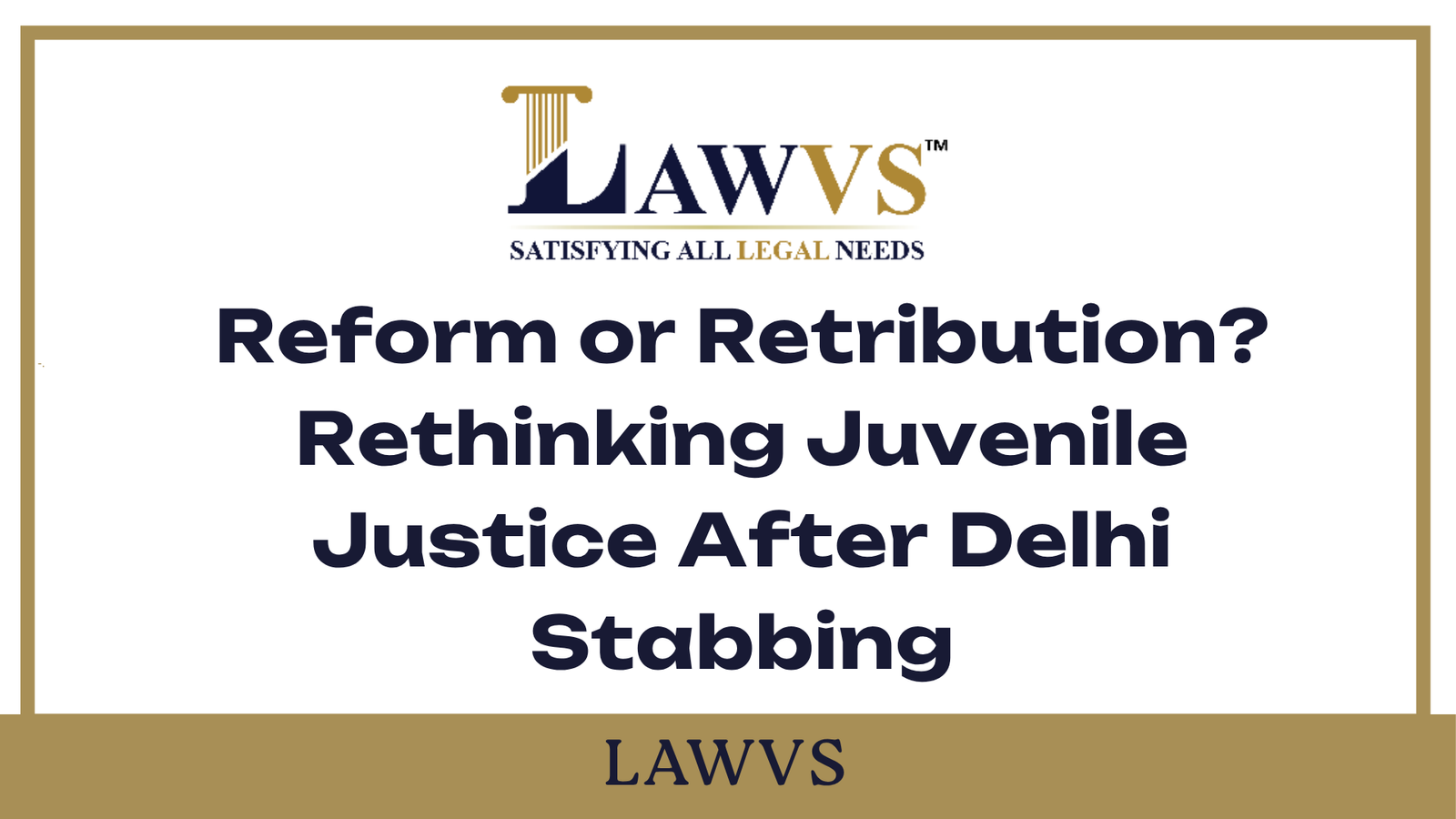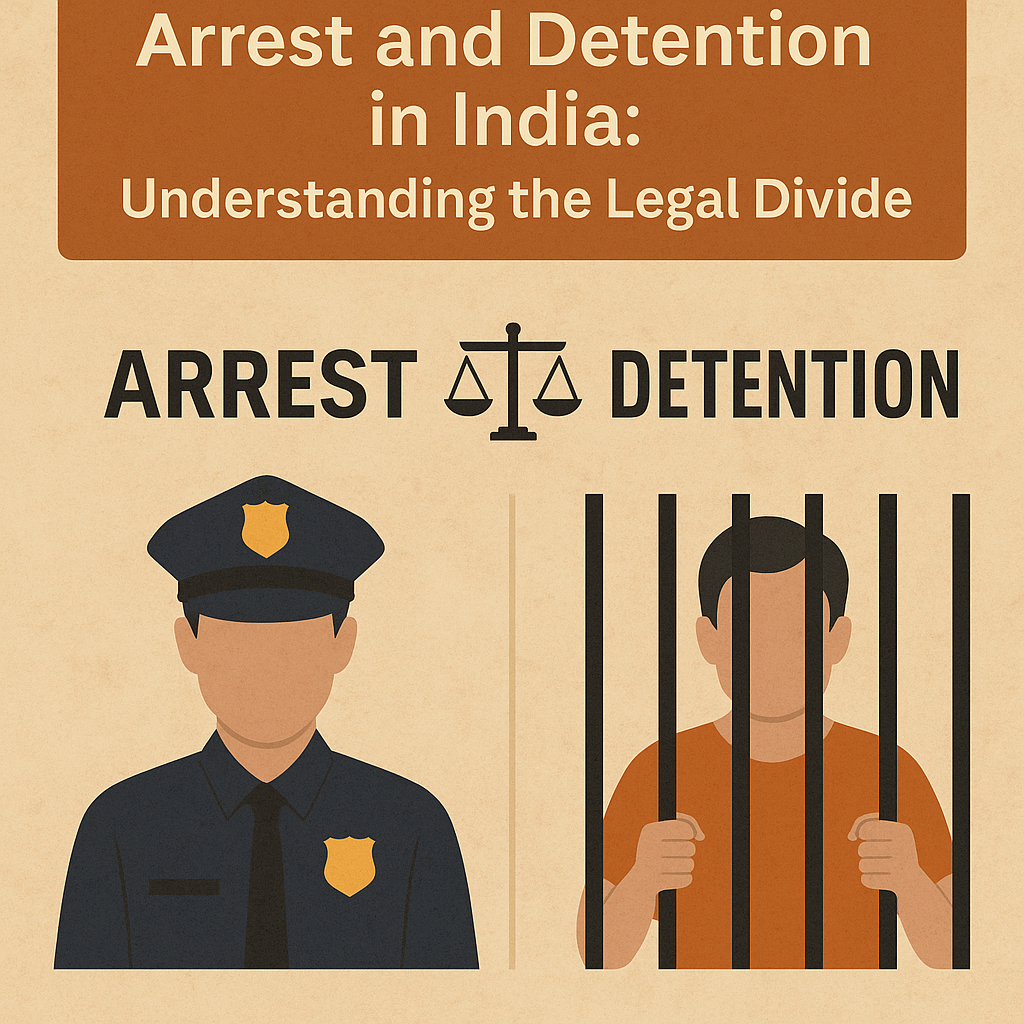INTRODUCTION
The Criminal Justice System in India is a legacy
of the colonial era, having been established over a century ago. Despite India
gaining independence more than 70 years ago, this system has seen minimal
significant reforms. It encompasses various government agencies responsible for
maintaining law and order, determining criminal offenses, and addressing
criminal behaviour.
The system holds the authority to control crime,
punish offenders, and uphold the rule of law within society. Key sources of
criminal law in India include the Indian Penal Code of 1860, the Protection of
Civil Rights Act of 1955, among others.
The Criminal Justice System plays a crucial role
in investigating offenses, determining guilt or innocence, and imposing
penalties on those who break the law. Criminal law and criminal procedure fall
under the concurrent list of the Seventh Schedule of the Indian Constitution.
IS
CRIME A PHENOMENON THAT HAS EMERGED ONLY RECENTLY?
Older people often say things like, “Crime is
getting worse every day” or “I remember when it was safe to walk the streets at
night,” but their memories might be influenced by nostalgia. Crime and violence
have been part of American life for over 200 years, and in fact, crime might have
been even worse in the past than it is now.
Crime and violence have been around since the
country was first formed. During the Revolutionary War, there were many attacks
by groups on both sides, using hit-and-run tactics, burning, and looting. In
the mid-1800s, the debate over slavery led to years of violence, including a
civil war.
Slave patrols were groups of white men who
controlled slaves, searching for weapons and stopping secret slave meetings.
They would also hunt down runaway slaves and punish them, sometimes even
severely, by maiming or killing them—actions that even some slave owners found
shocking.
After the Civil War,
groups such as the Ku Klux Klan and night riders resorted to violence to
maintain the oppression of former slaves. In the rural South, family feuds and
violent assaults were widespread, driven by poverty and the lack of effective
law enforcement.
FORMULATING CRIMINAL
JUSTICE
The debate over effective crime control can be traced back to Cesare
Beccaria’s influential 1764 treatise On Crime and Punishments.
Beccaria, an Italian philosopher, argued against the common practices of
torture and capital punishment, which were prevalent in the 18th century. He
suggested that crime could be controlled by using the minimum necessary
punishment, as long as potential criminals believed their crimes would
certainly be detected and punished. Beccaria’s ideas laid the foundation for
modern criminal justice, proposing that crime could be deterred through swift
detection, trials, and punishment.
However, it wasn’t until 1829 that the first police force, the London
Metropolitan Police, was established to maintain order and apprehend criminals.
This success in England led to the formation of similar police forces in the
United States during the mid-1800s. Around the same time, the penitentiary
system emerged as a reform to replace corporal punishment with incarceration.
Despite these significant changes, these early developments were somewhat
isolated. Criminal justice agencies operated independently, often without a
coordinated approach. It wasn’t until 1919, with the creation of the Chicago
Crime Commission, that the importance of a unified justice system began to be
recognized. Funded by private donations, the Chicago Crime Commission served as
a citizens' advocacy group, tracking local justice agencies and promoting
anti-crime initiatives. It continues its work today.
In 1931, President Herbert Hoover established the Wickersham Commission,
formally known as the National Commission on Law Observance and Enforcement.
This commission conducted a thorough review of the U.S. justice system, which
helped shift the focus toward treatment and rehabilitation. Its final report
highlighted the complexity of the system, with numerous rules and regulations
that made it difficult for justice professionals to navigate. Many issues
identified in the report, such as controlling illegal substances, balancing
individual rights, managing justice costs, and addressing cultural differences,
remain relevant today.
The modern era of criminal justice emerged from research projects in the
1950s, sponsored by the American Bar Foundation (ABF). Initially intended to
analyse the structure and operation of justice agencies, the ABF project
revealed many hidden procedures within the system. The research later shifted
focus to uncovering these previously obscure processes—such as investigation,
arrest, prosecution, and plea bargaining. This marked the first use of the term
“criminal justice system,” recognizing that justice agencies are interconnected
in a complex, often unseen, network of decision-making.
We’re currently at a crucial point in efforts to prevent violence. Over the
past few years, there's been increasing focus on the issue of violence and the
need for countries to work together to address it. For instance, in December
2014, the World Health Organization (WHO), the United Nations Office on Drugs
and Crime (UNODC), and the United Nations Development Programme (UNDP) teamed
up to highlight the progress made by 133 countries in reducing interpersonal
violence.
History
of Criminal Justice The way
we handle crime has evolved over time, especially as societies grew larger and
more complex. As farming and cities developed, societies moved from using
informal customs to more formal laws. These laws were created independently in
different parts of the world, though some, like the ones from the Sumerian king
Ur- Nammu in 2050 BCE, had a significant influence on others.
Lessons
from Today While
laws, courts, and prisons vary across countries, the U.S. criminal justice
system provides some important lessons. One major issue is the country’s high
imprisonment rate. Starting in the mid-1970s, the U.S. began a push for mass
incarceration, leading to the highest imprisonment rate in the world. At one
point, the U.S. had seven times more people in prison than the global average.
Looking
Ahead
The
British justice system, which focuses more on preventing future crimes rather
than just punishing offenders, has had some success. For example, they use
principles like “risk, need, and responsivity,” which means they tailor
programs to help offenders address specific behaviours. A program called
Supporting Offenders through Restoration Inside (SORI) helps offenders
understand the impact of their actions on victims, and those who complete it
show more empathy and are less likely to reoffend.
Conclusion The criminal justice system
plays a key role in controlling harmful behaviour, including violence, and
maintaining safety in society. However, it’s not always easy to make it work
effectively. Sometimes, the system can end up causing more harm, leading to
more violence or even becoming a tool for social control.
The criminal justice system is a network of agencies that work together to
manage people who have been accused or convicted of crimes. It operates in an
adversarial way, meaning that different sides—such as the prosecution and
defence—argue their cases to ensure justice is served. This system includes
many different parts, all of which play a role in making sure justice is done,
and each part needs to have clear ethical standards for those involved.
The criminal justice system is often described as having three main
functions: police, courts, and corrections. However, this view tends to focus
mainly on law enforcement and prosecution. It doesn't always highlight the
importance of other important parts of the system, like education, defence
lawyers, or independent forensic experts. These areas are crucial for a fair
legal process, but they often get overlooked.
The criminal justice system is actually made up of five key parts: academia,
law enforcement, forensic services, the judiciary, and corrections.
1. Academia:
This part includes researchers and educators in criminal justice who work in
colleges and universities. They help train and educate those working in the
system and provide important knowledge to improve its effectiveness.
2. Law
Enforcement: The police are responsible for enforcing the law. They
investigate crimes, gather evidence, and arrest suspects. They also prevent
crime by keeping the peace in communities. However, they do not make legal
decisions or have control over the courts.
3. Forensic
Services: Forensic experts analyse physical, behavioural, and
testimonial evidence to help solve crimes. These professionals may work for the
government or be independent contractors hired by either the prosecution or
defence. They play an important role in making sure the facts of the case are
clear, though not all areas have enough forensic resources, which can lead to
delays or mistakes in the system.
4. The
Judiciary: The judiciary is responsible for handling criminal cases,
deciding whether defendants are guilty or not, and determining the appropriate
punishment or treatment. Judges, prosecutors, defence attorneys, and juries are
all part of this pillar. Everyone has a specific role in ensuring the law is
applied fairly. If something goes wrong in this process, it can violate a
person’s rights and affect the fairness of the trial.








